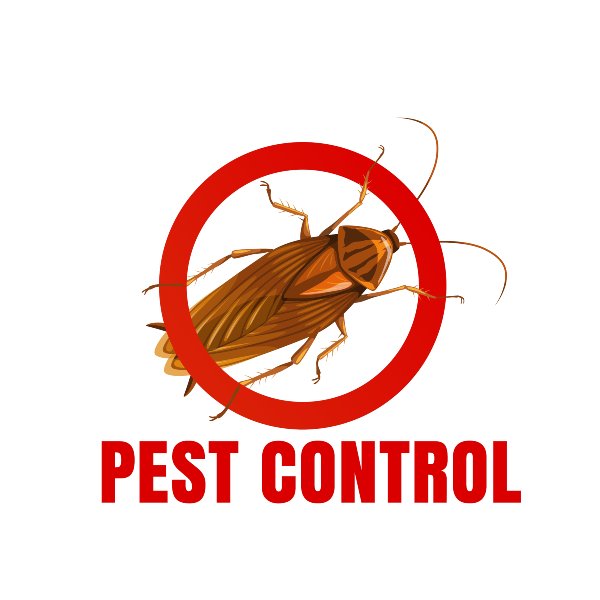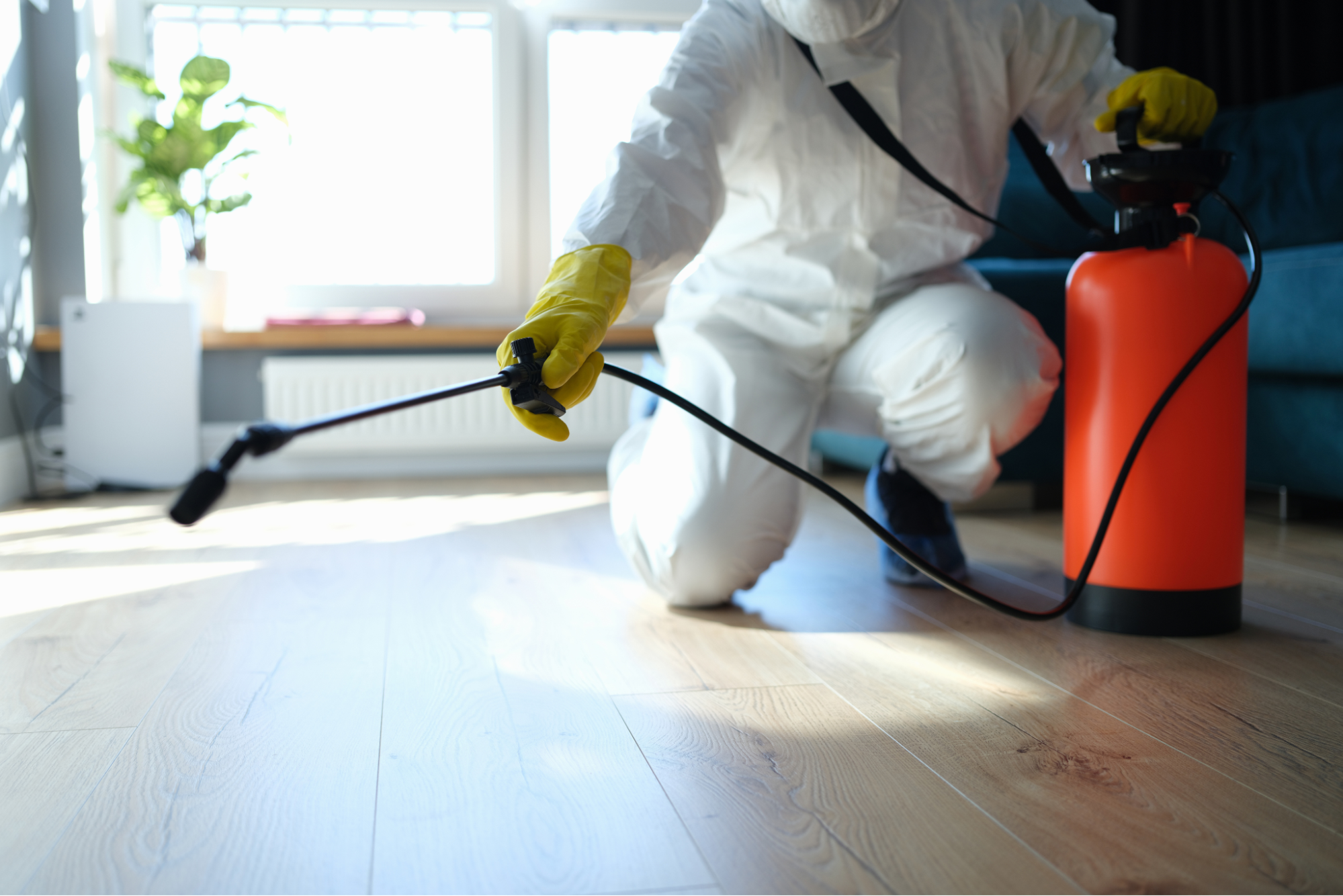Bed Pest Treatment Breakdown: Comparing Chemical Vs. Non-Chemical Solutions
In the world of insect control, particularly when handling the persistent concern of bed bugs, the selection between chemical and non-chemical therapy options can be a crucial one. Both methods supply distinct advantages and drawbacks, affecting variables such as efficiency, safety and security considerations, and total expense. By checking out the nuanced information of each method, a more clear understanding of which course to pursue in dealing with a bed pest invasion can be achieved.
Performance of Chemical Treatments
Chemical treatments for bed pest invasions have been extensively identified for their potent and fast efficiency in eliminating these bugs. When thinking about the performance of chemical therapies, it is critical to understand that they can give a complete and quick solution to a bed bug problem. Expert pest control men commonly rely upon pesticides to target bed pests at various phases of their life cycle, consisting of adults, eggs, and nymphs. These chemicals usually function by interrupting the bed insects' nerves, leading to paralysis and eventual death.
Furthermore, chemical treatments have the benefit of offering recurring results, indicating that they can remain to remove bed insects even after the preliminary application. This residual action is specifically useful in combating any type of prospective re-infestations. Additionally, the quick activity of chemical treatments can bring alleviation to people dealing with serious bed insect problems, enabling them to gain back control of their space quickly.
Security Interest In Chemical Solutions
One essential facet that needs careful consideration when utilizing chemical remedies for bed insect therapy is ensuring the safety and security of owners and the setting. Exposure to specific chemicals used in bed bug treatments can lead to respiratory issues, skin irritation, or various other adverse reactions, specifically in individuals with pre-existing problems or sensitivities.
In addition, the environmental impact of chemical services is an additional considerable factor to consider. Some pesticides used in bed bug treatments might be hazardous to valuable insects, wild animals, and environments if they seep into the soil or water systems. It is necessary to utilize chemical therapies judiciously, complying with security guidelines, and thinking about much less poisonous choices to minimize these risks and make sure the reliable and safe management of bed insect problems.
Advantages of Non-Chemical Methods
Thinking about the prospective safety problems and ecological effect associated with chemical solutions for bed insect treatment, discovering non-chemical methods provides an encouraging option with several distinct benefits. Non-chemical treatments are environmentally friendly, as they do not contribute to air or water contamination, making them a sustainable option for pest control.
Additionally, non-chemical services can be reliable in targeting bed bugs, including hard-to-reach locations where chemical treatments may not permeate - A1 bed bug exterminator charlotte. Methods such as warm therapy, vacuuming, vapor cleaning, and mattress encasements supply comprehensive elimination without the usage of hazardous chemicals.
Limitations of Non-Chemical Treatments

Furthermore, non-chemical therapies frequently need numerous applications to achieve successful obliteration. This can be time-consuming and may not bed bug pest control service constantly assure complete elimination of all bed insects and their eggs, specifically in concealed or hard-to-reach locations.
Additionally, the success of non-chemical therapies greatly relies upon appropriate execution and thoroughness, which can be challenging use this link for individuals without specialist knowledge. Poor application of non-chemical methods may lead to insufficient obliteration, leading to persistent invasions and the requirement for added therapies.
Consequently, while non-chemical treatments have their advantages, it is necessary to acknowledge these restrictions and consider them when figuring out one of the most efficient technique for handling bed insect problems.
Price Contrast: Chemical Vs. Non-Chemical Options
Provided the restrictions connected with non-chemical therapies, a necessary facet to examine in the context of bed insect administration is the cost comparison in between chemical and non-chemical alternatives. Chemical therapies normally include the application of insecticides by professionals, which can range from $250 to $900 per area, depending on the intensity of the invasion and the dimension of the area to be treated. In comparison, non-chemical treatments like heat therapy or vapor can be a lot more costly, with costs ranging from $1,000 to $6,000 for an entire home. While the first expense of chemical treatments might seem lower, numerous treatments may be called for to completely eradicate the problem, possibly increasing the total expense. On the other hand, non-chemical options might offer a more environmentally friendly and sustainable option, although they can be cost-prohibitive for some individuals. Ultimately, when considering the price of bed insect treatment options, it is essential to evaluate the upfront expenditures versus the efficiency and long-lasting sustainability of the important source chosen approach.
Final Thought

Taking into consideration the prospective safety and security issues and ecological effect linked with chemical solutions for bed insect therapy, exploring non-chemical techniques offers an appealing alternative with a number of distinct advantages.Given the restrictions associated with non-chemical treatments, an essential aspect to assess in the context of bed insect monitoring is the price contrast in between chemical and non-chemical options. In contrast, non-chemical treatments like warm therapy or vapor can be extra expensive, with prices varying from $1,000 to $6,000 for a whole home. While the preliminary expense of chemical treatments may seem lower, several therapies may be needed to completely get rid of the problem, possibly enhancing the overall expense.In final thought, when contrasting chemical and non-chemical bed insect treatment choices, it is crucial to consider efficiency, security, benefits, limitations, and expense.